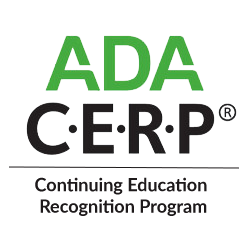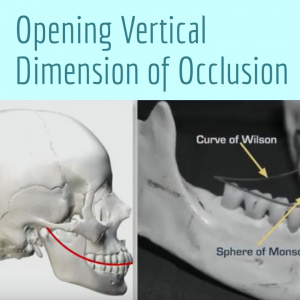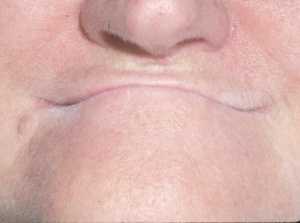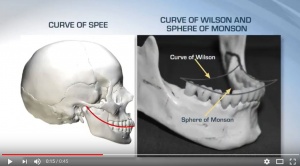Opening Vertical Dimension of Occlusion
Product Details
Opening Vertical Dimension of Occlusion (and Adjunctive Occlusal Procedures)
Gordon J. Christensen, DDS, MSD, PhD
Occlusion is one of the most controversial and frustrating areas of dentistry, yet you must deal with minor and major occlusal problems daily. This video answers our most commonly asked questions on occlusion. Topics include: when and how to increase vertical dimension of occlusion; factors changing occlusion; when to use occlusal splints or occlusal equilibration techniques; how to handle opening of contact areas; the best ways to identify occlusal high spots; preventing tooth extrusion; differences in implant and tooth occlusion; and other clinical situations. This video will answer many of your occlusal questions, help your patients, and increase practice revenue.
Closed Captioning available
Table of Contents
- Occlusal Terminology
- What is "Normal" Occlusion?
- Six Pathologic Conditions of Occlusion and their Influence on Vertical Dimension of Occlusion (VDO)
- Major Factors that Reduce VDO
- Diagnostic Aids for Occlusal Examination and Treatment
- Finding Rest Position
- Speech Tests
- Transcutaneous Electrical Nerve Stimulation
- Mounted Casts
- Occlusal Splints
- Testing Muscle Activity
- Identification of Reason for Collapsed VDO and Future Prevention
- Interocclusal Records
- Methods to Transfer VDO to Working Casts
- Factors Altering Mesial-Distal Dimension and their Effect on VDO
- Potential Problems When Opening VDO
- Conclusion











